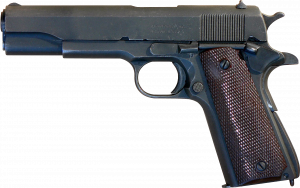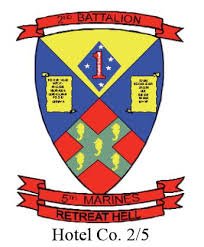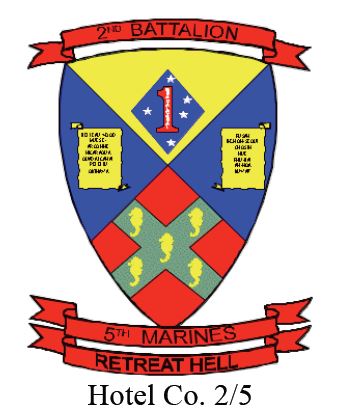 The M1911 (Colt 1911 or Colt Government) is a single-action, recoil-operated, semi-automatic pistol chambered for the .45 ACP cartridge. The pistol’s formal U.S. military designation as of 1940 was Automatic Pistol, Caliber .45, M1911 for the original model adopted in March 1911, and Automatic Pistol, Caliber .45, M1911A1 for the improved M1911A1 model which entered service in 1926. The designation changed to Pistol, Caliber .45, Automatic, M1911A1 in the Vietnam War era.
The M1911 (Colt 1911 or Colt Government) is a single-action, recoil-operated, semi-automatic pistol chambered for the .45 ACP cartridge. The pistol’s formal U.S. military designation as of 1940 was Automatic Pistol, Caliber .45, M1911 for the original model adopted in March 1911, and Automatic Pistol, Caliber .45, M1911A1 for the improved M1911A1 model which entered service in 1926. The designation changed to Pistol, Caliber .45, Automatic, M1911A1 in the Vietnam War era.
Designed by John Browning, the M1911 is the best-known of his designs to use the short recoil principle in its basic design. The pistol was widely copied, and this operating system rose to become the preeminent type of the 20th century and of nearly all modern centerfire pistols.
The U.S. military procured around 2.7 million M1911 and M1911A1 pistols during its service life. The pistol served as the standard-issue sidearm for the United States Armed Forces from 1911 to 1985. It was widely used in World War I, World War II, the Korean War, and the Vietnam War. The M1911A1 was replaced by the adoption of the 9mm Beretta M9 pistol as the standard U.S. military sidearm in 1985.
The pistol I carried was a standard-issue M1911A1 that came with a cleaning kit and three magazines. I carried four loaded magazines with my M1911A1 pistol in a belt around my chest. Each of my magazines were standard and held 8 rounds. I also carried a full box of ammo in my backpack. The bullet was a .45 ACP (11.43x23mm) rimless straight walled handgun cartridge. The standard issue military .45 ACP round uses a 230-grain (14.9 g) round nose projectile that travels at approximately 830 feet per second (250 m/s) when fired from a government-issue M1911A1 pistol.
With this pistol, the first round is manually loaded into the chamber by pulling back and releasing the slide mechanism. After the trigger is pulled and the round is fired, the recoil operation of the handgun automatically extracts and ejects the shell casing and reloads the chamber. This mode of operation generally allows for faster reloading and storing a larger number of cartridges than a revolver.
The basic principle of the pistol is recoil operation. As the expanding combustion gases force the bullet down the barrel, they give reverse momentum to the slide and barrel which are locked together during this portion of the firing cycle. After the bullet has left the barrel, the slide and barrel continue rearward a short distance.
At this point, a link pivots the rear of the barrel down, out of locking recesses in the slide, and the barrel is stopped by contacting the lower barrel lugs against the frame. As the slide continues rearward, a claw extractor pulls the spent casing from the firing chamber and an ejector strikes the rear of the case, pivoting it out and away from the pistol through the ejection port. The slide stops its rearward motion then and is propelled forward again by the recoil spring to strip a fresh cartridge from the magazine and feed it into the firing chamber. At the forward end of its travel, the slide locks into the barrel and is ready to fire again. However, if the fired round was the last round in the magazine, the slide will lock in the rearward position, which notifies the shooter to reload by ejecting the empty magazine and inserting a loaded magazine, and facilitates (by being rearwards) reloading the chamber, which is accomplished by either pulling the slide back slightly and releasing, or by pushing down on the slide stop, which releases the slide to move forward under spring pressure, strip a fresh cartridge from the magazine and feed it into the firing chamber.

